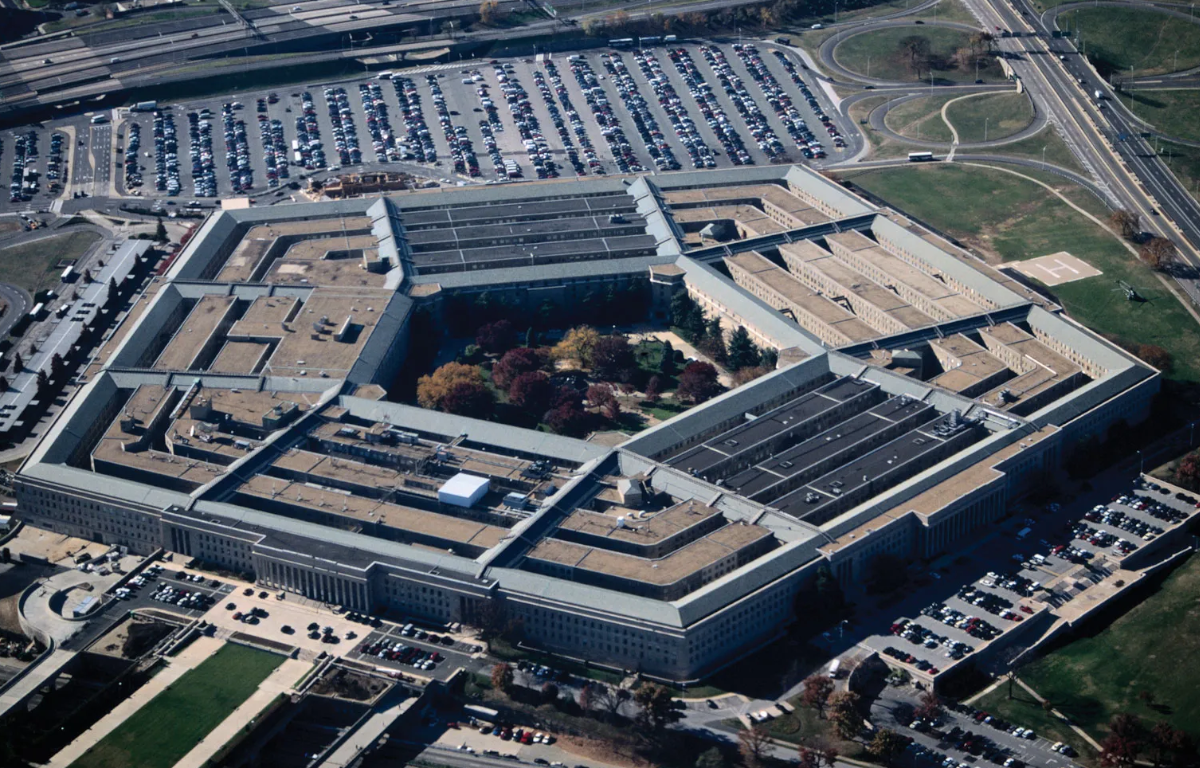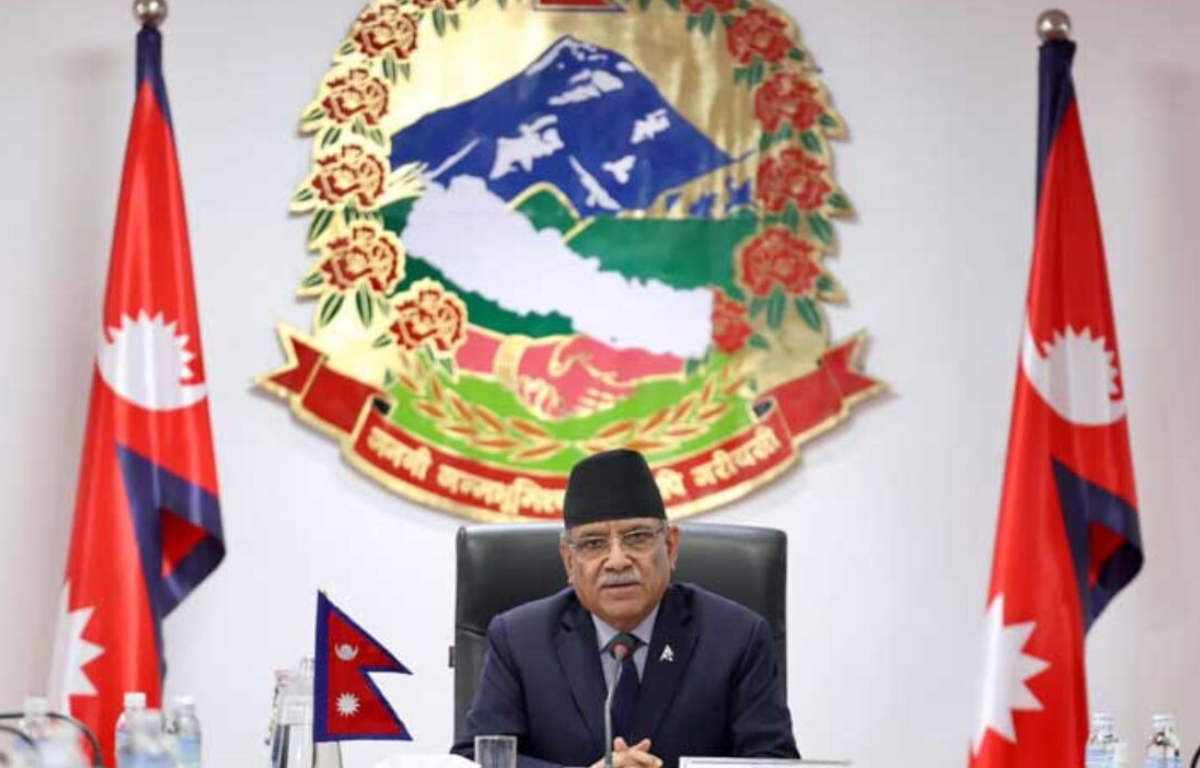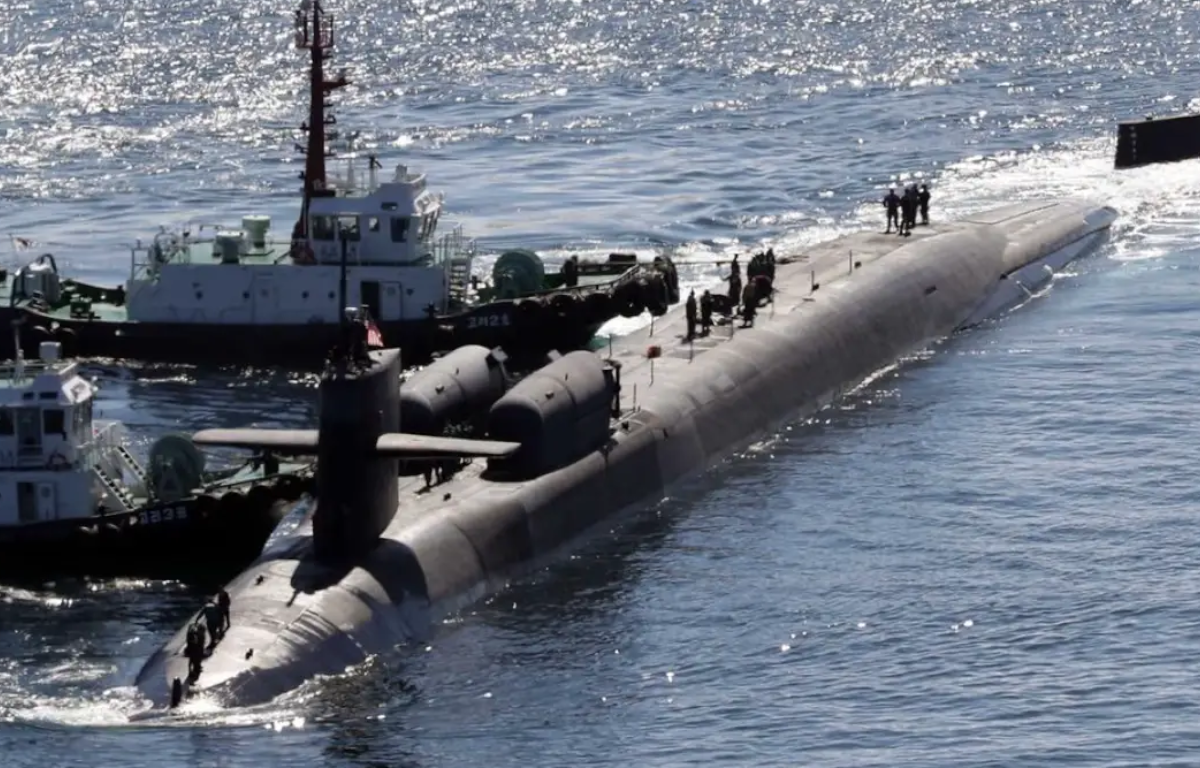
The Australia-U.S. alliance is not a recent development. It dates back to the early 20th century, with both nations fighting alongside each other in various conflicts, including World War I and World War II. This shared history laid the foundation for a robust partnership that has evolved significantly over time.
However, it is in recent decades that this alliance has taken on a new dimension, primarily due to changing geopolitical dynamics and the Asia-Pacific region’s growing importance.
Australia’s geographic location is pivotal to its role as America’s military launchpad into Asia. Situated in the southern hemisphere and serving as the world’s largest island, Australia offers a strategic vantage point for monitoring and responding to developments in the Indo-Pacific region.
Darwin, located in Australia’s northern territory, has emerged as a key hub for U.S. military operations. The establishment of the U.S. Marine Corps’ rotational force in Darwin is a testament to the increasing significance of Australia in America’s strategic calculus.
The Asia-Pacific region is witnessing a power struggle, primarily between the United States and China. China’s rapid military modernization and assertive behavior in the South China Sea have raised concerns among regional nations. In response, the United States has sought to bolster its presence and partnerships in the region, with Australia playing a pivotal role.
Australia’s cooperation with the U.S. in countering China’s influence has taken multiple forms, from joint military exercises to intelligence sharing. The Quad, a security dialogue involving the United States, Australia, Japan, and India, is another example of this alignment of interests to ensure regional stability.
The Indo-Pacific region is economically vibrant and home to some of the world’s most populous nations. Consequently, it is no surprise that countries are vying for influence and access in this part of the world. The U.S. and Australia recognize the importance of maintaining open sea lanes and ensuring that regional disputes are resolved peacefully.
Australia’s commitment to bolstering its own defense capabilities aligns with the United States’ strategy in the Indo-Pacific. Joint investments in infrastructure and defense technologies are making Australia an even more attractive partner for America’s military initiatives.
While the strengthening of the Australia-U.S. alliance brings opportunities for regional stability, it also poses challenges. Australia must carefully balance its security interests with its trade relations, particularly with China, its largest trading partner. Striking this balance is essential to maintain Australia’s economic prosperity while ensuring its security.
Furthermore, it’s important for Australia to assert its sovereignty and pursue its own national interests within the alliance. This can be achieved through effective diplomacy and engagement with regional partners.
Australia’s evolution into America’s military launchpad into Asia is a testament to the dynamic nature of international relations. This strategic partnership is driven by shared values, interests, and a mutual commitment to maintaining peace and stability in the Indo-Pacific region. As geopolitical challenges continue to unfold, Australia’s role in this alliance is set to grow, reinforcing its status as a key player in the ever-evolving security landscape of the Asia-Pacific.










Share this: